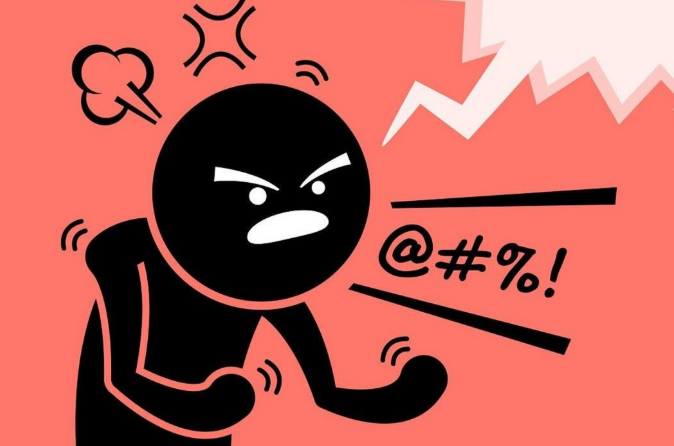After the results of November 6th go into effect, the legislative, judicial, and executive branches will all be controlled by the Republican party. But what does this mean?
At the birth of The United States, the three-branch system was set up to contrast the British’s overbearing authoritarian rule, to ensure checks and balances. Although this was constructed in a time without polarized political factions, it was prepared for the emergence of parties. For any legislature to be passed, approval from the House of Representatives, the Senate, and the President is required. Having varying majorities in each branch and section of the government is crucial in ensuring the proper representation of the broader population. With one party emerging as the majority in all of these areas, this consideration is no longer necessary.
While some might argue that the government is simply representing the current interests of the nation, their bias is blinding them from seeing the bigger picture. In reality, the country voted only 4% more in favor of Donald Trump for president, making the Republican party’s unanimous control unjustifiable.
This pivotal all-or-nothing election can be seen as a direct result of current political polarization in the United States. To solve this guaranteed dissatisfaction with the control of either party, this issue must be addressed from the root: divide. An increase of extremism on both ends of the political spectrum causes divide and hinders any possible compromise. Democracy is built on the value of the collective people’s voice, and it’s important to use the next four years to discourage the country from continuing down this dangerous path of unchallenged, unfiltered legislation.








